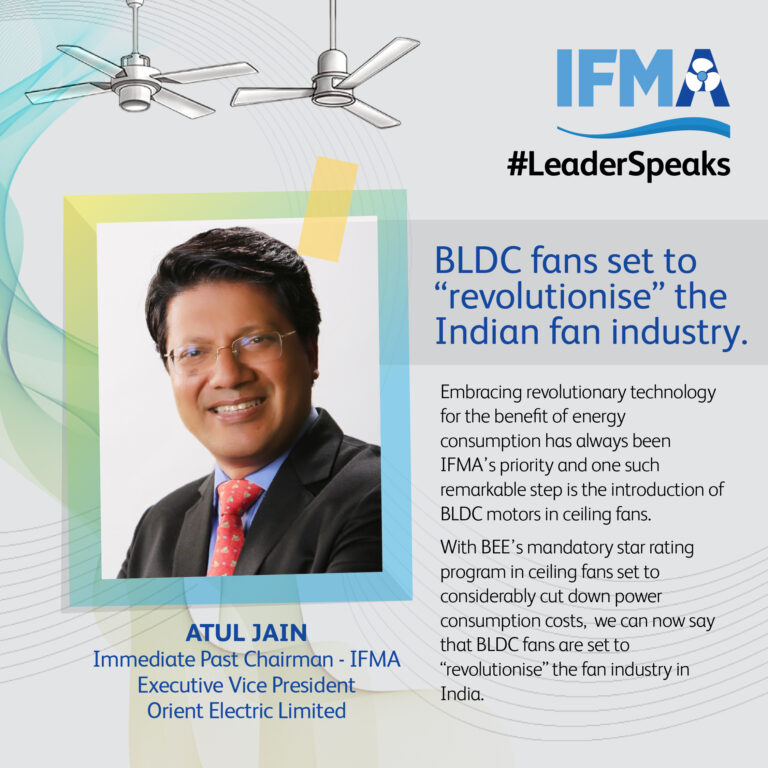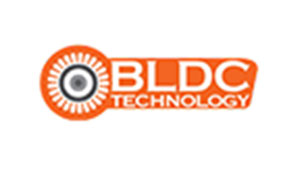BLDC Fans…Set to revolutionise the Fan industry in India
Frequent storms, torrential rains, flash floods, severe droughts, fierce wildfires, and the list goes on. Climate change has started to impact human lives more evidently and severely. This has drastically changed consumers’ sentiments and their ways of purchasing and interacting with the products. They are becoming more conscious of their purchases and consumption. One such stark transformation we can experience today is in the space of transportation, consumers are adopting more eco-friendly electric vehicles instead of fossil fuel guzzlers.
This shift will be experienced in the Electrical consumer durables space too and ceiling fans are one of those. But even though ceiling fans are arguably the most ubiquitous electrical device in Indian homes and businesses after electric lights, they are rarely discussed in conversations about energy saving. As a result of this oversight, a considerable possibility for energy savings has been lost. Fans utilize nearly 20% of the electricity in Indian households, and their use is steadily increasing. In India, total organised fan production is around 60 million units per year. After deducting 30% for table and pedestal fan sales and exports, annual ceiling fan sales in India are estimated to be around 45 million.
Thus Ceiling fans have a lot of potential for reducing power consumption. Thanks to a technology known as Brushless DC Motor, or simply BLDC motor. This technology is on the verge of causing a paradigm shift in the ceiling fan business. In general, BLDC technology has been on the market for a few decades and is widely used in industries that require high torque motors. What has been missing for a long time is its use in ceiling fans. Induction motors are used in classic fans, and they normally consume 70-90 watts. The power consumption of a BLDC fan, on the other hand, can be reduced by up to 65 percent. Other advantages of using BLDC fans are longer backup on inverters even on Solar, increased reliability, decreased noise production, and longevity of the motor.
The market share of BLDC fans is expected to grow exponentially in the coming years. With the declining cost of electronics cost of manufacturing, BLDC fans cost will reduce significantly. BLDC motors are becoming more popular also due to industry demands for lighter weight, smaller size, and higher power density. The cost of BLDC fans is more, but when we consider the rising cost of power, choosing a super-efficient 5-star rated BLDC fan makes a lot of sense. With the BEE making the requirements for achieving a 5-star energy certification more stringent, the newest rated models are exceptionally energy-efficient, utilizing only 25-35 watts of power.
Looking at the shifting consumer centricities, government policies, and building a sustainable environment adoption of BLDC fans is set to grow. Consumers are also more aware and are shifting towards more eco-friendly ways of living. Due to shifts in ways of working, WFH, and hybrid cultures the interaction with fans as a commodity at home has changed. Consumers want fans that are more premium and provide them savings. As said by Wendell Philips “Revolutions never go backward”, this revolution of BLDC fans is set to change the fans industry radically and bring a wave of highly efficient eco-friendly fans.








